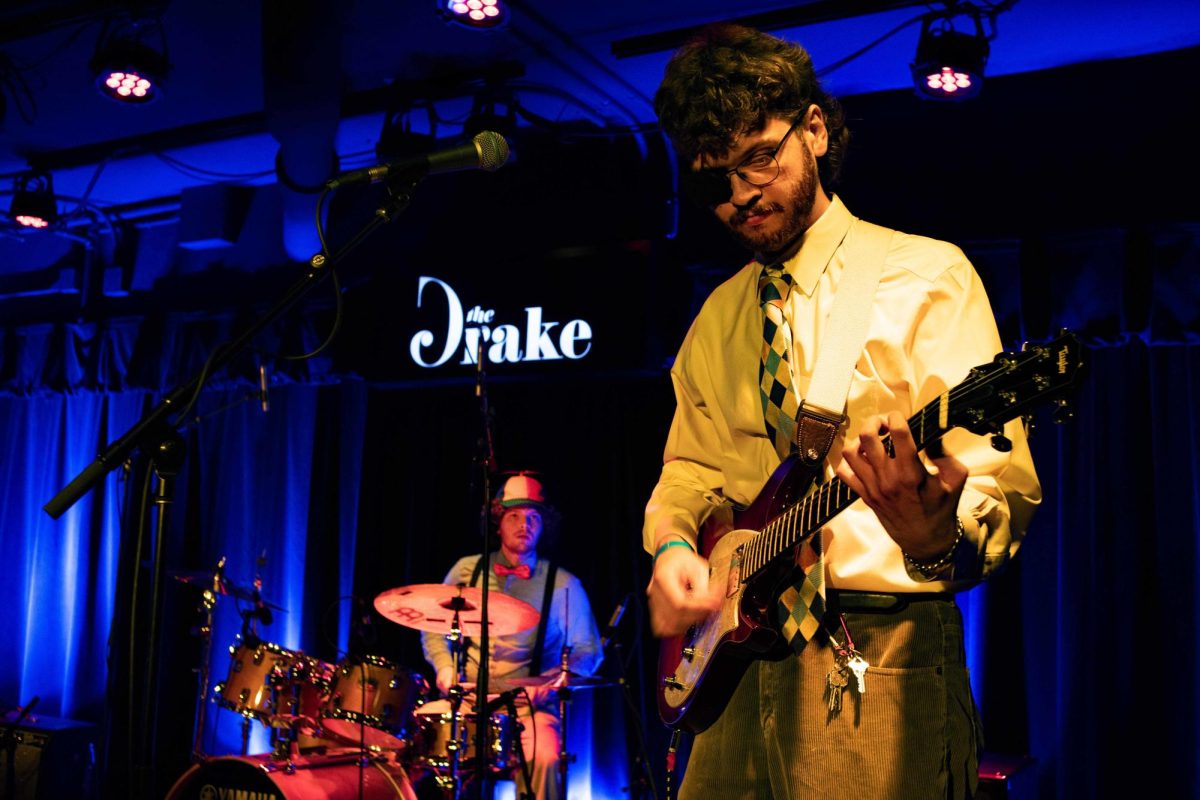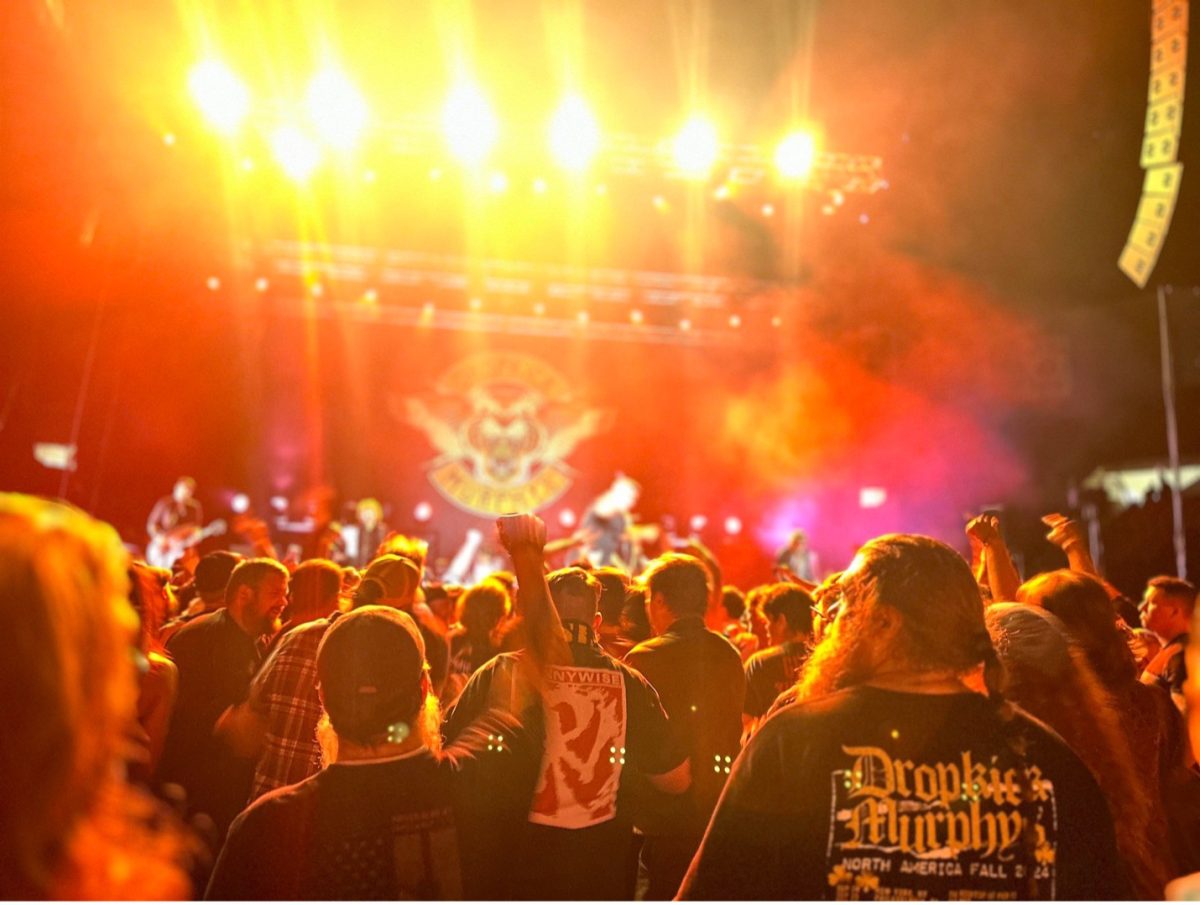From the screeching violins of “Psycho” to the creepy piano warble of the “Halloween” theme song, horror film makers have long relied on soundtracks to augment the scary atmosphere of their movies. Whether it’s a dramatic lull in the orchestra as the killer raises his hatchet or a cacophony of frenzied sounds as the demon comes to life, the music of horror movies is crucial to both the structure of the film and its ability to frighten. More important than the blood and the guts, a good soundtrack is what really makes a horror flick worth watching.
Most horror buffs will agree that orchestral music is the most popular type of music for a horror film, as well as for many other genres. Since the birth of the horror movie up through the present day composers have relied on the wide range of possibilities afforded by a full orchestra to convey emotion and properly set the mood for a film. Not only does orchestral music appeal to wide viewing audience but it can be perfectly tailor to mimic the events of a movie and thus enhance the action on the screen, often times intensifying it dramatically.
Prominent composer John Williams (who masterminded the sinister two-note melody that made “Jaws” famous) has been known to use grandiose variations in the dynamics of his compositions to denote the mood present in particular scenes because it engages the interest of the viewer on a different level. It is easy enough to create a scene that is visually disturbing, but adding an undercurrent of a symphonic crescendo magnifies the fear considerably.
Often described as the scariest movie ever made, William Friedkin’s “The Exorcist” is a shining example of the power that orchestral music, however simple, can have on a good horror flick. The main theme of the film is from a tune called “Tubular Bells” by English composer Mike Oldfield, a gentle piano riff that is superbly creepy in its simplicity. This song is only heard a few times throughout the film but the dreamlike quality of the piece expertly augments the spooky atmosphere. Also in this film are excerpts from a movement titled “Night of the Electric Insects” from conductor George Crumb, an unsettling piece rife with frenzied violins and sharp crescendos that appears in the film’s more climactic scenes. Crumb has said that he wrote the piece to intentionally make the listener uneasy, which makes it the perfect background music for a movie that still strikes fear into the hearts of viewers over 30 years after its release.
Another thriller that relied heavily on its orchestral soundtrack to generate terror is Stephen Spielberg’s 1975 classic “Jaws.” Everyone in the English-speaking world knows the theme to “Jaws” when they hear it; the ominous crashing of chords that heralds the approach of the behemoth shark has been imitated in countless levels of pop culture and remains one of the most recognizable movie themes of all time. Composed and conducted by John Williams, the orchestra for the film plays with such hellish intensity that the terror already being established by the scenery is fiercely magnified in the dramatic crescendos. Though the special effects of the shark attacks are somewhat laughable by today’s standards it is undeniable that the rising fury of the suspenseful music is still enough to make even the most hardened horror buff grip their armrests in anticipation. It has now been almost 40 years since “Jaws” was released in theaters, but that baleful melody boldly states that it is still not safe to go in the water.
Though not explicitly listed in the horror genre, the soundtrack to Alfred Hitchcock’s seminal 1958 film “Vertigo” is widely considered to be one of the best in terms of creating suspense within the scenery. Mastered by Bernard Herrmann, the small orchestra that gave birth to the symphonic extravagance of “Vertigo” brilliantly highlights the heightening paranoia of the main character as he investigates the peculiar circumstances surrounding the death of his colleague’s wife. Though the dialogue sets the stage it is the music that brings fear to life for the viewer, ebbing and flowing with diabolical ferocity as the sordid affairs of the characters play out on the screen. Aside from the brilliant performances from Jimmy Stewart and Kim Novak it was the harrowing soundtrack that so expertly accompanied the action that earned “Vertigo” its place in creepy movie history.
Though it is the most common element of a soundtrack, orchestral music is by no means the only music that can effectively heighten the scare factor of a film. Mary Harron’s classic “American Psycho” relies heavily on American pop and rock of the 1980s for its soundtrack, including the now famous scene where Christian Bale, as Patrick Bateman, slaughters one of his victims to the tune of “Hip to be Square” by Huey Lewis and the News. This scene of savagery highlighted by an upbeat pop song creates a total audio-visual dissonance that is unique to this film, making the experience almost surreal in its polarity.
The soundtrack for Dario Argento’s 1977 opus “Suspiria,” arguably his best film, was composed entirely by the Italian progressive rock band Goblin who were influenced by the likes of Genesis, Yes and King Crimson. Layering supernatural synthesizer melodies over rock-influenced bass lines the music of “Suspiria” skillfully complements the vibrant visuals characteristic of Argento’s repertoire. What sets this film apart from others in the genre is that the soundscape does not overwhelm the visual components. As the scenery morphs from one nightmarish vista to another the music accordingly rises and falls to denote dramatic plot themes, making “Suspiria” a viewing experience that is disturbing on both the visual and auditory levels.
Other films that break away from the orchestral element are Rob Zombie’s “House of 1,000 Corpses” and its sequel, “The Devil’s Rejects,” both of which rely heavily on rock n’ roll in their soundtracks to amplify the action and highly disturbing nature of their respective plots. The same is true for Zombie’s 2007 remake of John Carpenter’s horror classic “Halloween” – instead of just the eerie piano warble that accompanied the stoic slashings of Michael Myers in the original, Zombie infused his rendition of the film with classic rock and punk songs that gave the movie a definite modern rock edge. Perhaps the most clever track present in the film is the Blue Oyster Cult hit “Don’t Fear the Reaper,” which is absolutely appropriate to the content of the story and its context.
When it comes to horror movies it is the soundtrack that carries the weight of the film’s overall effect. Horror as a genre works to manipulate emotion and instill fear or uneasiness in the subconscious, thus music and sound effects that are a film maker’s most compelling tools to create a frightening viewing experience. Music in particular is very potent when it comes to stirring the imaginations of an audience because music has the capability to prey on the fragility of human perception in ways that visual representations cannot. A horror movie is nothing without a good soundtrack, because the music manifests the fright.
Want proof? Watch any horror movie with the volume on mute; it will instantly become a comedy.
Emily A. Brightman can be reached at [email protected]













DC • Oct 27, 2012 at 11:42 am
“Don’t Fear the Reaper” was actually in the original
Halloween movie as well (when the girls are driving in the car to go babysit).